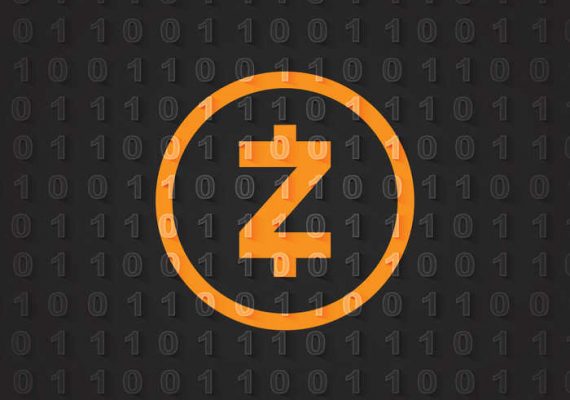2017 was the year that cryptocurrencies took mainstream attention. A number of cryptocurrencies appeared from out of nowhere. From just $1,000 during the start of last year, Bitcoin skyrocketed to near $20K prompting regulators to act by the start of the year. This year, we’ve seen a number of regulatory changes that initially dropped the crypto market. And more recently, Bitcoin Cash hard fork caused cryptos to go bearish. Just recently, Bitcoin found itself trading below $4,500. A few days prior, whales even bought a significant amount of Bitcoin while it was low.
And because of the current state of cryptocurrencies, central banks at Singapore Fintech Festival are already discussing the possibility of a central bank issued digital currency according to Nouriel Roubini. Nouriel Roubini is the same person who predicted the 2008 financial crisis. A few months ago, he even mentioned that “crypto is a cesspool”. He even said that crypto is the “mother and father of all scams”.
The idea of Central Bank Digital Currencies (CBDC) is now taking center stage. Even the managing director of International Monetary Fund Christine Lagarde has openly discussed the pros and cons of this move. In reality, cashless transactions are becoming more and more prominent. Sweden and China are just some countries that have practically adopted a cashless approach in transactions.
You have the likes of PayPal, Venmo, WeChat and other platforms that have offered an alternative to traditional commercial banks. However, a lot of these fintech innovations are still connected to traditional banks. Is CBDC just like cryptos? If this is the case, CBDC is not going to be issued using blockchain.
Replacing Cryptos?
Proponents of CBDC believe that if this ever becomes reality, it can potentially displace cryptocurrencies. There are many issues surrounding cryptocurrencies today. For instance, mining cryptocurrencies are known to be energy intensive. According to studies, Bitcoin mining could even potentially raise the Earth’s temperature by 2 degrees if the trends continue.
On the other hand, a CBDC is said to be scalable, cheap, and secure in nature. However, anonymity is something that is offered by cryptos that attract many. As for those who are pushing the issuance of a CBDC, transactions can be made anonymously with access to account-holder information available. And also, cryptocurrencies aren’t as anonymous as proponents claim as exchanges now gather pertinent information among their clients.
Institutions Partnering with Cryptos
Today, because of the popularity of cryptos, there are institutions that are now partnering with cryptocurrencies. Ripple is among the most dominant players that have partnered with institutions. Ripple is rumored to be partnering with Bank of America. In the past, Ripple has partnered with the likes of Santander and Western Union.
A few months ago, Ripple announced the xRapid. This product aims to decrease the cost of cross-border transactions. It was even hyped as the bridge between cryptos and fiat. In fact, in the midst of the recent crypto bloodbath, it is the partnership made with institutions that somehow decreased the damage to XRP.
However, Ripple isn’t free from any issues. Recently, Ripple’s legal team moved the case to federal court. The claim is that Ripple sold investors an unregistered security.










